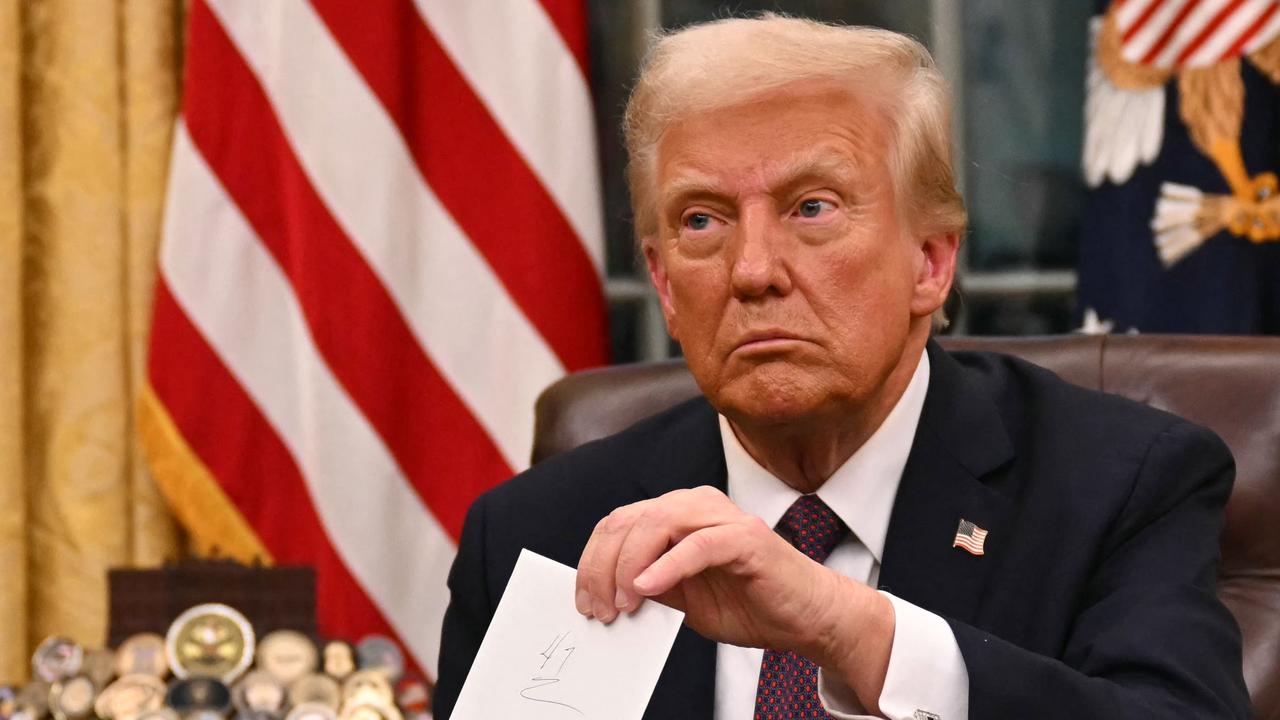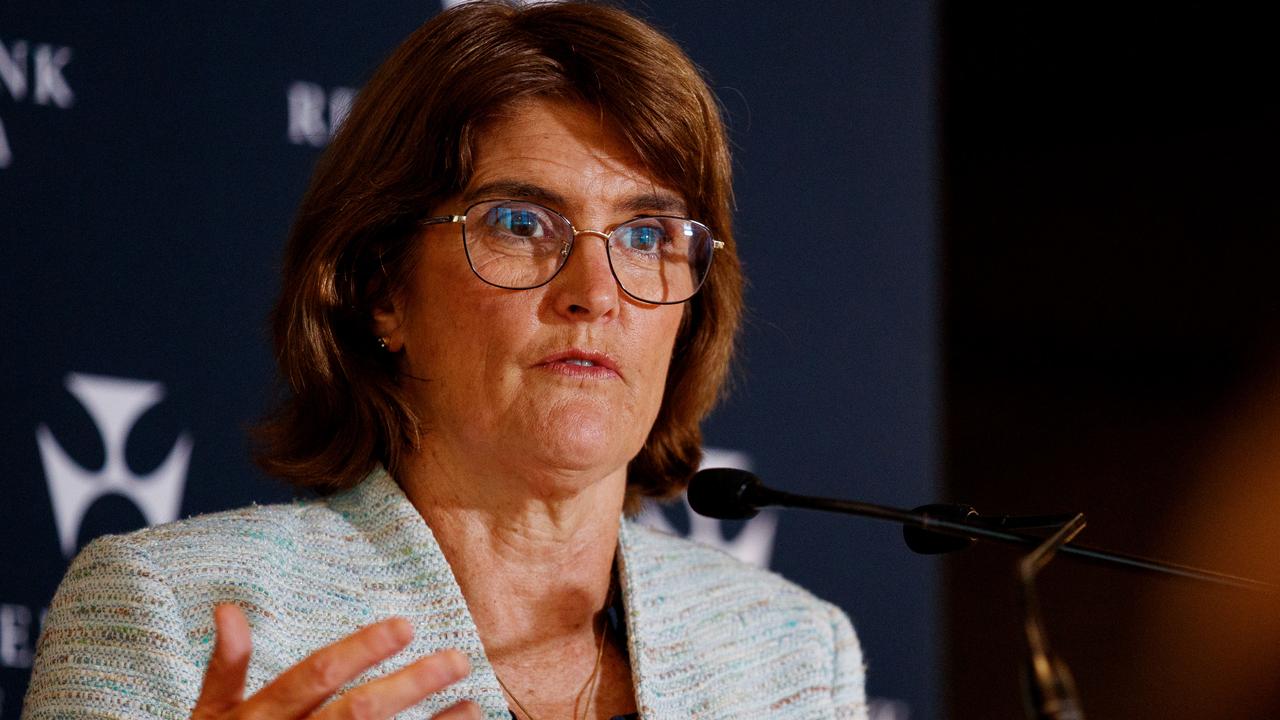Reopening of Victorian economy prompts spending splurge
Victoria’s reopening has prompted a spending revival according to the latest economic figures.
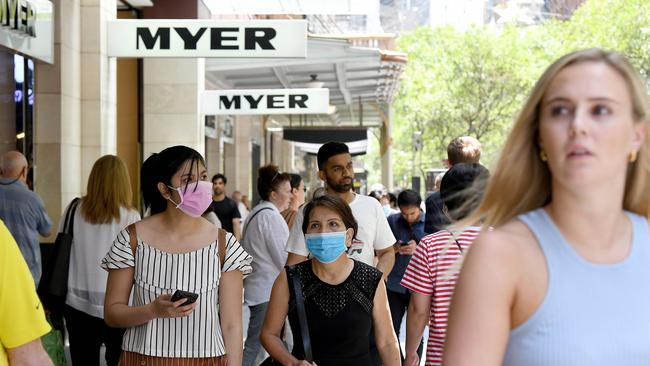
Business Breaking News
Don't miss out on the headlines from Business Breaking News. Followed categories will be added to My News.
Australian retailers remain positive the spending sugar hit expected in the lead-up to Christmas will repair the some of the financial damage incurred by the coronavirus pandemic.
The reopening of Victoria following its extended lockdown has prompted retail trading conditions to improve, with the latest turnover figures from the Australian Bureau of Statistics showing a 1.4 per cent increase in October compared with the previous month.
October’s rise follows two months of consecutive falls, as turnover numbers were impacted by stage 4 restriction in Melbourne, which curtailed spending in the country’s second most populous state.
In yearly terms, national turnover rose 7.1 per cent on October 2019.
Australian Retailers Association chief executive Paul Zahra said the industry remained “cautiously optimistic” the sector was improving following the dire retail conditions caused by lockdown measures to control virus transmission.
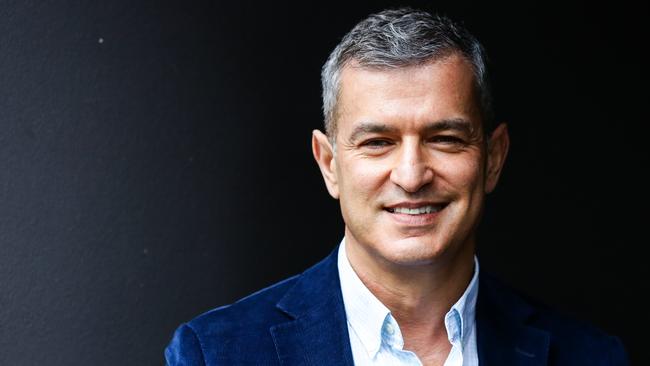
However, Mr Zahra noted Australia’s ability to control the impacts of the health crisis was boosting confidence and certainty among the sector and the wider economy.
“We’ve done exceptionally well,” he said.
“There is a lot still to be confident about in the Australian marketplace because what drives retail spending is certainty.”
Mr Zahra said traders had told the peak retailing body the recent Black Friday and Cyber Monday weekend had been the largest on record.
“We don’t have any data points there, but we know based on the feedback we have been given it has been really strong,” he said.
“The next indicator will be how Boxing Day sales go … we expect that to be fairly strong.”
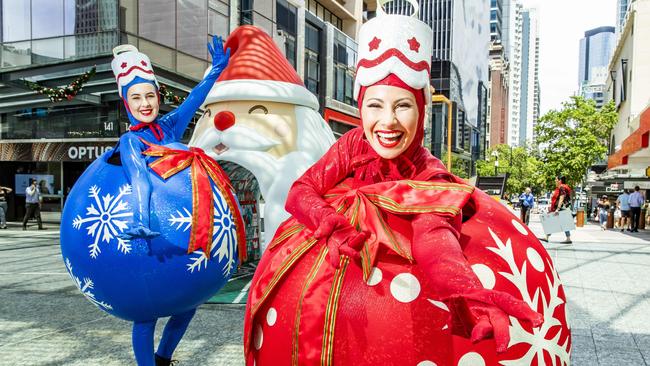
Victoria had the largest retail spending rise in October followed by Western Australia, NSW and South Australia.
Queensland, Tasmania, Northern Territory and the Australian Capital Territory all fell backwards.
Online sales made up 10.4 per cent of total retail spending in October.
Mr Zahra said the wind down of JobKeeper and JobSeeker in March was a large question mark over the state of the sector’s recovery from COVID-19.
“With international borders remaining closed, we may see some international tourism spending diverted to retail in the early months of next year,” Mr Zahra said.
“However, the removal of federal stimulus without a broader economic rebound will undoubtedly affect retail spend and broader consumer confidence.”
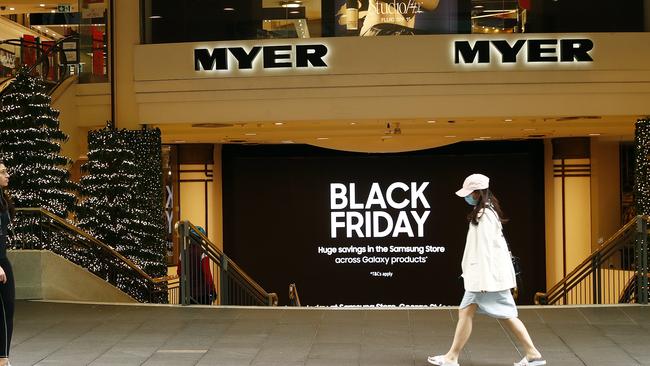
According to the ABS, cafes, restaurants and takeaway food services rose 5.4 per cent compared to the prior month, while spending on clothing, footwear and personal accessory retailing jumped 6.8 per cent. Other retailing rose 2 per cent and department store retailing grew 4.5 per cent over the month.
ANZ economist David Plank said data was suggesting November retail sales would be much stronger, showing the full extent of the pent-up buying demand in Melbourne and also the effects of the Black Friday sale weekend.
“We may see some rebalancing of spending away from the retail sector as state borders reopen, but a full return to the pre-pandemic balance of retail and non-retail spending is still likely to be far away,” Mr Plank said.
“So far, the Black Friday jump in retail sales did not come at the cost of travel/movement, entertainment or services, and the effects of Melbourne’s reopening have not had a noticeable negative impact on home-related spending.”
Originally published as Reopening of Victorian economy prompts spending splurge


